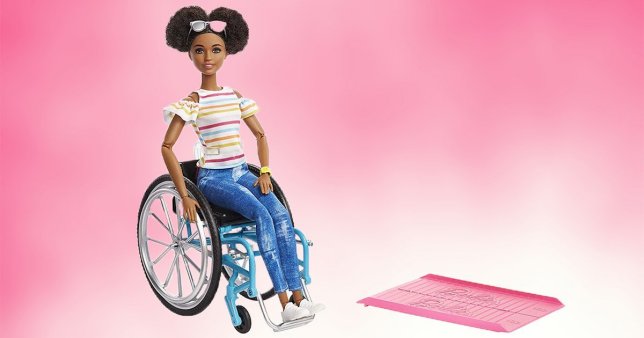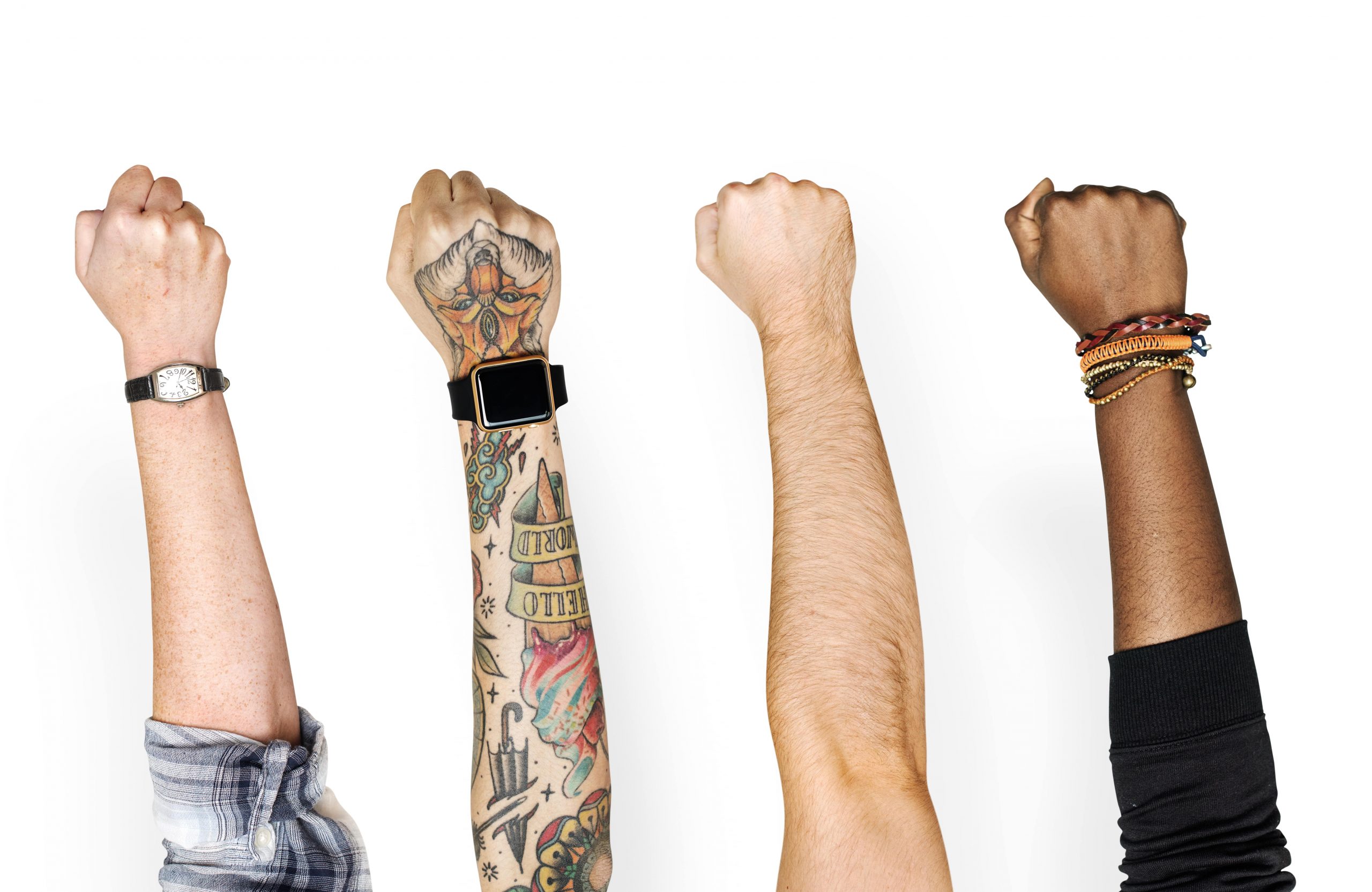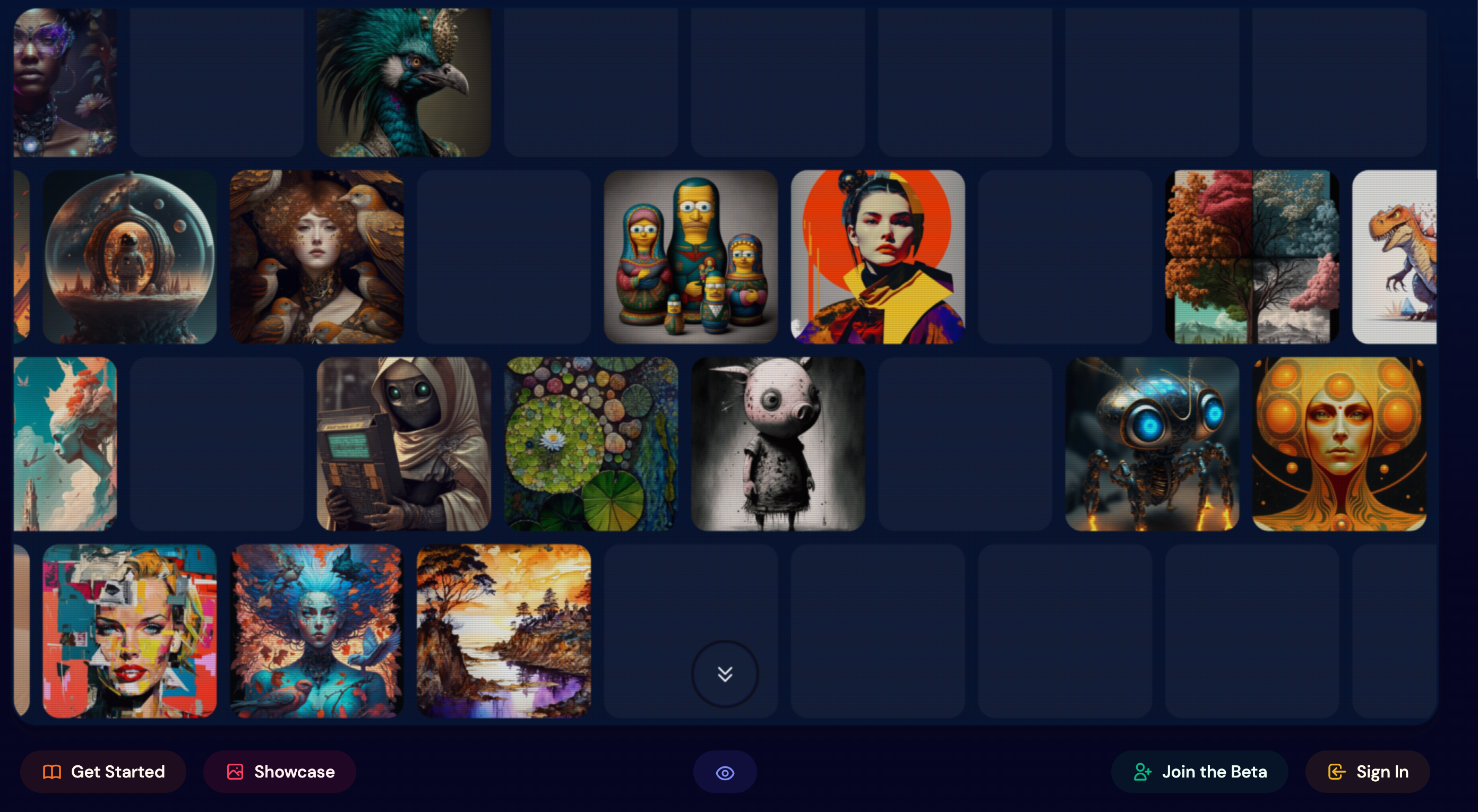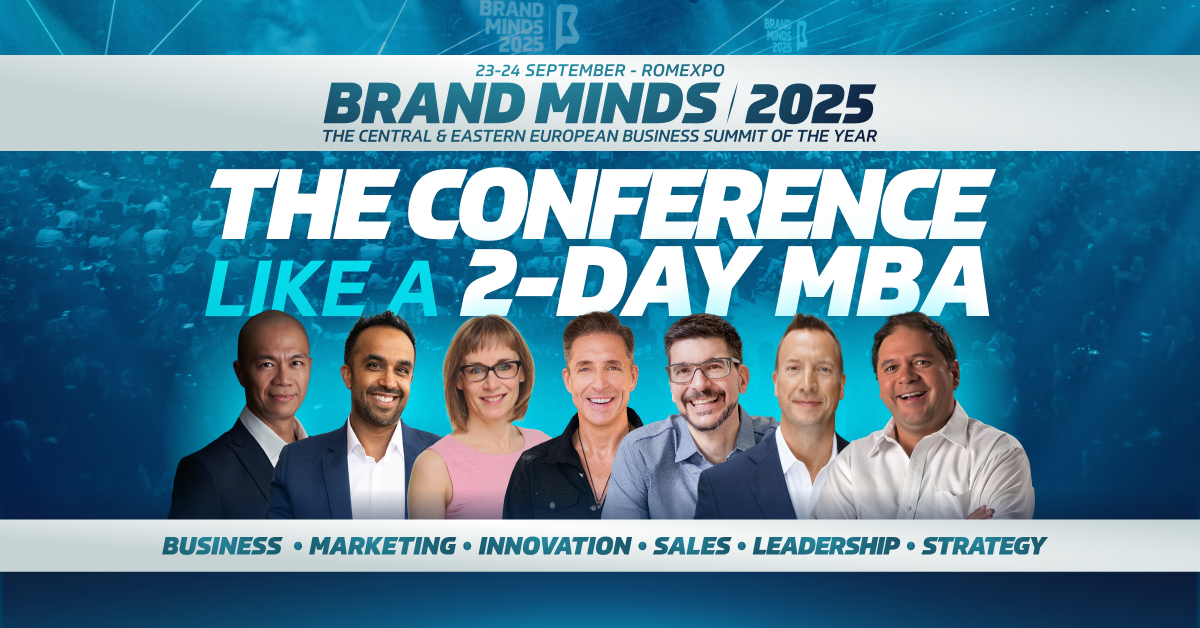This article is designed to give marketers a basic understanding of what is inclusive marketing, what are the principles of inclusive marketing with examples from Salesforce, Barbie, Girls can code, Victoria’s Secret and ThirdLove.
What is inclusiveness?
Inclusiveness is the practice or policy of including people who might otherwise be excluded or marginalized, such as those who have physical or mental disabilities and members of minority groups.
Cambridge Dictionary
A few decades ago success was synonymous to being a white middle-aged male. Other groups of people (women, people of colour, people of a different race, ethnicity, religious beliefs, people of different sexual orientation, disabled etc) were discriminated against and were less likely to achieve their dreams.
Today we are living in the age of inclusiveness.
Society has changed a lot in recent years and technology has given people a voice – all people.
Are all brands supposed to be inclusive?
As a recruiting strategy, yes, all employers stand to benefit from attracting diverse talent as LinkedIn points out in its 2018 Global Recruiting Trends study.
Diversity is directly tied to company culture and financial performance. LinkedIn data shows that 78% of companies prioritize diversity to improve culture and 62% do so to boost financial performance.
Global Recruiting Trends, LinkedIn (2018)
Watch Salesforce’s video on diversity and equality:
In my previous articles, I talked about eight marketing trends that every marketer should be informed about: slow-marketing, people-based marketing, emotional marketing, empathy-based marketing, neuromarketing, mindful marketing, omnichannel marketing and content shock.
Recently I came across the concept of inclusive marketing.
Here’s what I’ve learned.
What is inclusive marketing?
Salesforce offers one of the most well-known CRM solutions worldwide. The company received many awards over the years for its efforts towards social good, innovation and building a positive company culture.
The Salesforce ecosystem also includes Trailhead, a free learning platform where users can learn in-demand skills.
On February 2019, Salesforce announced a new module – Inclusive Marketing Principles.
Here’s how Salesforce defines inclusive marketing:
We define inclusive marketing as creating content that truly reflects the diverse communities that our companies serve. It means that we are elevating diverse voices and role models, decreasing cultural bias, and leading positive social change through thoughtful and respectful content.
We believe that our responsibility as marketers is to relay our brands’ messaging in a way that resonates with people from all backgrounds, regardless of race, ethnicity, gender identity, age, religion, ability, sexual orientation, or otherwise.
Beyond diversity, truly inclusive marketing can elevate the stories and voices of people that have been typically marginalized or underrepresented, deepen connections with customers, and even influence positive social change.
Inclusive marketing is not a concept that will be outdated in five years.
Nor is it a fleeting trend the likes we often see on social media.
Inclusive marketing reflects a change in the core principles that our society values. It is here to stay.
6 Principles of Inclusive Marketing
Salesforce identified 6 principles of inclusive marketing:
- Tone
- Language
- Representation
- Context
- Appropriation
- Counter-Stereotyping
Tone
Make sure your message is conveyed in the most appropriate tone of voice.
“The most common misstep is when something that should be treated seriously and with respect is treated too casually”. This leads to people being offended or turned off.
Language
Words are powerful. Words can have different meanings in different cultures. Make sure your choice of words doesn’t offend or hurt people.
Representation
People want to see other people like themselves in the media, in the movies, in ads etc.
That’s why Barbie, the famous 60-year-old toys manufacturer expanded their range of dolls to include dark-skin dolls, dolls with different hair types and eye colour, different body types etc.
This year, the brand launched a new doll: a black Barbie in a wheelchair.

image: metro.co.uk
“Representation is the visible presence of a variety of identities in a story, image, video, and more.”
Context
“Context is the past circumstances that inform the setting of a piece of content.”
Be aware of the social, historical and cultural context to which your message refers to.
What pic.twitter.com/L35ytAtCWP
— guillotease (@eclectrica) September 11, 2013
I don’t know about you, but I don’t think 9/11 is the appropriate context for a complimentary muffins offer.
Appropriation
“Appropriation (or cultural appropriation) is taking/using an aspect from a minority culture without knowing or honouring the meaning behind it.”
To avoid appropriation, follow these guidelines:
- Be cautious when you reference a minority culture;
- If you profit from an element of a minority culture, make sure the original creators receive recognition or benefit;
- Make sure your references are being presented by authentic members of the culture;
- Be respectful and pay homage to the referenced culture, avoid being humorous;
- Before portraying a different culture in your content, seek support and counsel from authentic voices in the community to make sure you understand it correctly.
Learn more: Campaigns that we admire: BIHOR COUTURE – Standing up against cultural appropriation
Counter-stereotyping
“To counter-stereotype means going against a standardized image that represents an oversimplified opinion, prejudiced attitude, or uncritical judgment.”
Stop illustrating your brand messages with stereotype imagery and visuals.
Women too can be CEOs, engineers, astronauts and presidents.
Men too can be portrayed as child caregivers and stay-at-home parents.
Coding is not a male-only skill. Girls can code too.
Learn more: P&G, Barbie, Gillette are challenging gender stereotyping.
Do all brands need to be or become inclusive in their marketing strategy?
Let’s see how Victoria’s Secret and ThirdLove understand and implement the principles of inclusive marketing.
Victoria’s Secret
Victoria’s Secret has been selling their famous lingerie brand since the 1980s. Many say their marketing strategy and brand positioning is pretty much the same it was thirty years ago.
The brand’s customer persona is mainly the white, straight, young and slim woman. Their message stereotypes and disrespects women: our lingerie is for the thin, blue-eyed blonde young women who buy our push up bras to impress men.
Victoria’s Secret CTO Ed Razek attracted the outrage of the female public when he said in his 2018 Vogue interview that Victoria’s Secret supports the woman as long as she portrays herself as the object of the heterosexual white male’s fantasies.
For the past few years, Victoria’s Secret has been experiencing a brand crisis brought by their lack of inclusiveness, lack of sexual diversity, disengagement with its customers’ needs and expectations, outdated marketing. Definitely, a negative example of inclusive marketing.
View this post on Instagram
ThirdLove
Lingerie startup ThirdLove, on the other hand, is a great example of a brand built on inclusiveness.
Its marketing visuals feature real women of all sizes, shapes, colours and age. Their lingerie is designed to meet women’s needs of comfort, beauty and sexiness.
Their customers buy ThirdLove lingerie for their own pleasure.
Is your brand inclusive?
Does your marketing strategy use any of the six principles of inclusive marketing?
Join the Conversation
We’d love to hear what you have to say.
Get in touch with us on Facebook Group and Twitter.






















